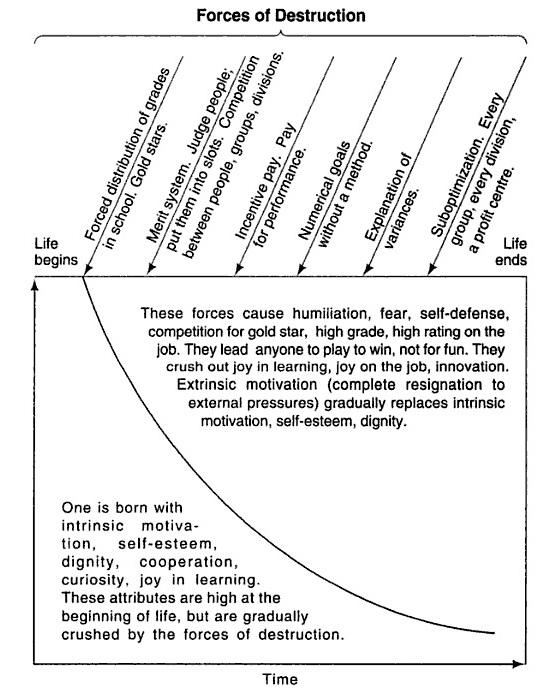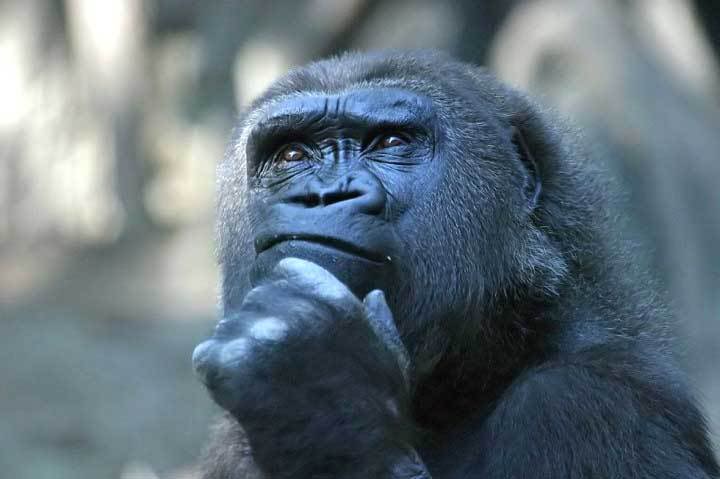Simon Black –
To be clear about our work, who (or what) we are serving, how to do the work, how to change, what improvement looks like – we need to be clear about one thing:
WHAT IS OUR PURPOSE?
Peter Scholtes was one of the clearest writers on this concept; for him, like Deming before, everything starts with purpose; “Without a purpose there is no system”.
Until we have clarity of purpose, all we are doing is completing sets of tasks. ‘Purpose’ should be embedded in our thinking about work, people and organisations. We should be focused on the needs of the sepcies and ecosystems of concern. If not our goals can easily drag us off-track.
Scholtes offers a very clear analogy to illustrate the importance of purpose:
“Cleaning a table cannot be a system until the purpose of the clean table is made clear. A table clean enough to eat on requires one system of cleaning. Clean enough to dance on requires another. Clean enough to perform surgery on requires yet another. Everything starts with purpose.
“What is your purpose?” is the most useful question one can be asked.
When thinking this way, conservation work is transformed from being seen as tasks to carry out, to become a reason to do something which adds real value; a framework for making decisions and seeking ways to improve.
Read more:
Black, S.A. & Copsey, J.A. (2014). Purpose, Process, Knowledge and Dignity in Interdisciplinary projects. Conservation Biology. 28 (5): 1139-1141. DOI: 10.1111/cobi.12344
Deming, W. E. (1993) The New Economics for Industry, Government, Education, second edition. MIT CAES, Cambridge MA.
Scholtes, P. R. (1998) The Leader’s Handbook: A guide to inspiring your people and managing the daily workflow, New York: McGraw-Hill
Scholtes P.R. (1999) The New Competencies of Leadership, Total Quality Management, 10: 4&5, S704-S710.





 Throughout our lives we are educated to make rational decisions. What are the costs, what are the benefits, what are the impacts, what is possible? These are relatively easy elements to learn. Unfortunately our experience tells us that things don’t always work out as planned.
Throughout our lives we are educated to make rational decisions. What are the costs, what are the benefits, what are the impacts, what is possible? These are relatively easy elements to learn. Unfortunately our experience tells us that things don’t always work out as planned.